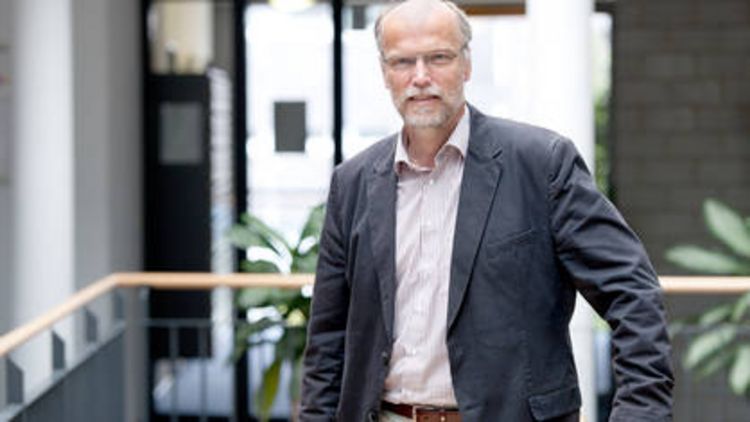Prof. Dr. Dr. Birger Kollmeier, Prof. Dr. Volker Hohmann (both members of the University of Oldenburg's "Hearing4all" Cluster of Excellence) and Dr. Torsten Niederdränk (Siemens AG) have been nominated by the jury as one of four teams for the renowned German Future Prize 2012, as announced by the Office of the Federal President of Germany, thereby honouring the outstanding developments by the team in the field of auditory systems.
The renowned science prize is awarded by the Federal German President for exceptionally successful work in the fields of technology and innovation that achieves outstanding results in science and leads to products that will shape the future. The proposal submitted by the German Research Community on behalf of the team of Prof. Dr. Dr. Kollmeier at the University of Oldenburg was nominated by the high-ranking jury for the final round, the "Best of the Best". Professor Kollmeier also heads up the HörTech Competence Centre, the Fraunhofer Project Group for Hearing, Speech and Audio Technology and is one of the most prominent experts in the "Auditory Valley" research and development network.
The specific development honoured by this nomination is obvious and illuminating and yet extremely complicated to achieve: the interplay of both ears being taken into account in the provision of hearing instruments. As is the case with vision, spatial impressions can only be achieved by the interaction of the left and right ear, permitting people to follow an individual conversation in busy surroundings, as background noise and reverberation can be suppressed and attention thereby specifically directed to the required source of speech.
Up until the 90s, hearing aids were primarily designed for each individual ear but the developments of the research team of Professor Kollmeier have contributed to a major rethink in the entire field. "In the first step, we had to initially understand the complex processes of natural hearing and then, building on our understanding, develop the first algorithms (calculation processes) for hearing systems to adopt these processes for people with hearing impairments", describes Professor Kollmeier.
The development from an unwieldy laboratory prototype to a modern high-tech hearing system involved further challenges: "What hearing aid user would accept a wire connecting their left and right ear? We had to develop a fast wireless data connection with a high data rate and low energy consumption", explains engineer Dr. Torsten Niederdränk (Siemens AG), commenting on the further progress of the development.
A series of patents emerged from the joint work of the research team and Siemens Audiological Engineering Group launched the first binaural instruments onto the market in 2004.
"We are driven by the fact that our invention is helping a large number of people today," states Prof. Dr. Volker Hohmann, an expert in model-based signal processing for hearing instruments at the University of Oldenburg, describing the incentive behind the joint innovation. Deafness is widespread and, in the European Union alone, around 56 million adults between the ages of 18 and 80 have impaired hearing requiring treatment. This means that every sixth adult is affected, half of whom are of working age.
The fact that the invention of "binaural hearing systems" is included in almost all modern hearing instruments is based, above all, on the excellent cooperation between science and industry. At the outset, this was supported by a funding programme of the Federal German Ministry for Science and Research and later successfully continued within the Auditory Valley network.
Scientists are researching and developing instruments for the benefit of the hearing impaired in the "Hearing4all" Cluster of Excellence, an association of university-based and non-university-based partners, supported by the federal and state-funded Initiative of Excellence. Auditory Valley combines leading research institutions from Lower Saxony with companies from the audiological sector. The technologies will not only benefit people with hearing impairments, they will also help people with normal hearing in acoustically challenging situations.
It will be tense for the nominated team right up to the last minute because the announcement about the winner of the German Future Prize 2012 will only be made by Federal President Gauck at the award ceremony. ZDF will be broadcasting the gala event on 28th November at 10:15 p.m.
Press contact
Auditory Valley
Dr. Corinna Pelz
Tel. +49-441-2172 203
C.Pelz@auditory-valley.com Siemens Audiology Solutions
Erika Weigmann
Tel.: +49-9131-308 3449
erika.weigmann@siemens.com

